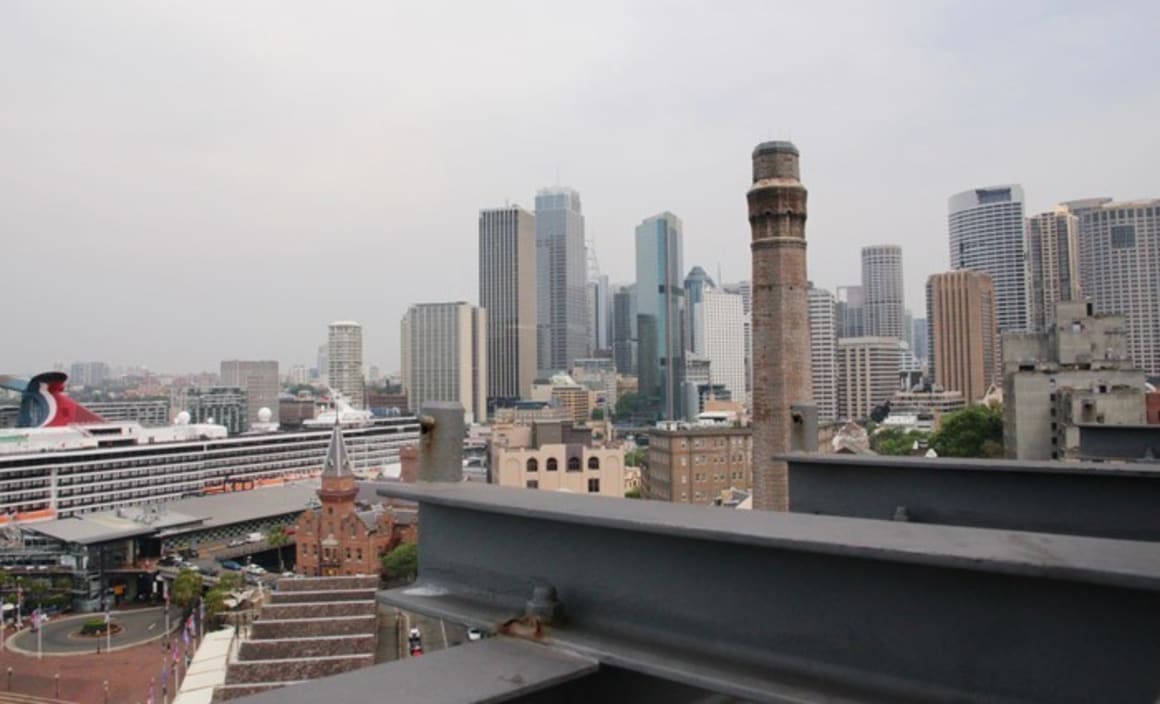Sydney office vacancy to top 6% by 2021: m3property

Office rents in Sydney and Melbourne will continue to grow over the next three years despite rising vacancy on the back of strong net supply, according to independent valuer and advisor m3property’s latest national office market report.
Adelaide and Brisbane will see some welcome tightening of vacancy and Perth will remain stubbornly high, the firm said.
The Australian Office Insight: Winter 2019 report forecasts a vacancy rate of 6.3% for Sydney by December 2021 with an average annual net supply of circa 74,000 square metres, while Melbourne’s vacancy will rise to just under 5% with average annual net supply of circa 125,000 square metres.
National Director Research, Jennifer Williams, said while challenging economic conditions threatened white collar employment levels, massive infrastructure spending and a resurgence in the mining sector would help to stabilise vacancy rates nationally.
“Generally most markets are in the upward phase and performing well with Sydney and Melbourne heading towards a peak, Adelaide in a stable growth phase, Brisbane and Canberra in early upturn and Perth at the nadir of its cycle,’’ Williams said.
“Over the outlook period to December 2021 there are risks associated with the adoption of new technology and the impact on white-collar employment, falling domestic consumption and dwelling construction, global trade issues, and supply cycles gaining momentum, particularly in Sydney and Melbourne.
“On the positive side any further interest rate cuts should provide some economic stimulus along with proposed tax cuts, as should infrastructure projects and an uptick in the mining sector, particularly for the Perth and Brisbane markets.’’
Williams said government policies, particularly federally, would be critical to addressing the weakness in household consumption.
“Household consumption, which accounts for nearly 60% of GDP, is critical to overall economic health.
“While employment is reasonably low at around 5%, it has not translated into the sort of wages growth required to drive an increase in consumption, stimulate the economy and underpin ongoing employment growth, especially at a time when consumers are also faced with falling dwelling values.’’
Click here to enlarge:

National Director Office, Andrew Duguid, said while rents continued to rise in Melbourne and Sydney, tenants were getting more for their money.
“New generation buildings, the evolving nature of landlord services, and improved infrastructure and connectivity have very much added to tenant amenity and are driving growth in most markets,’’ Duguid said.
He said while Sydney’s prime office vacancy would soften, secondary grade buildings would likely see a greater rise in vacancy with the result that landlords would come under pressure to maintain rents.
“New supply will continue to drive mobility of tenants to new and refurbished buildings, resulting in increased demand and growth in prime stock and retraction in demand for secondary buildings. We expect this trend to continue as the supply cycle unfolds over the next few years,’’ Duguid said.
He said the outlook for Melbourne was very positive as the limited availability of key development sites would keep a lid on any rise in vacancy.
“Delivery of new buildings during the current construction cycle will partly alleviate availability pressures but forecast strong tenant demand will ensure vacancy remains low and rents continue to grow.’’
The report found that, with the exception of Melbourne, which has seen 6.5% growth, prime face rents had only risen marginally over the year to March 2019 and were forecast to continue that trend in the short-term.
High vacancy levels in Brisbane, Adelaide and Perth were expected to keep rent growth low in those markets.
On the investment front, Duguid said demand was strong across all markets, from listed and unlisted funds as well as foreign investors.
He said strong pricing in core CBD markets in Sydney and Melbourne had created opportunities in other locations including Canberra, Adelaide and the metropolitan markets while yields were set to stabilise in most CBDs with Perth and Melbourne the exceptions with a slight firming expected in those markets.